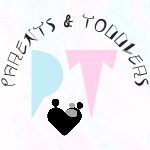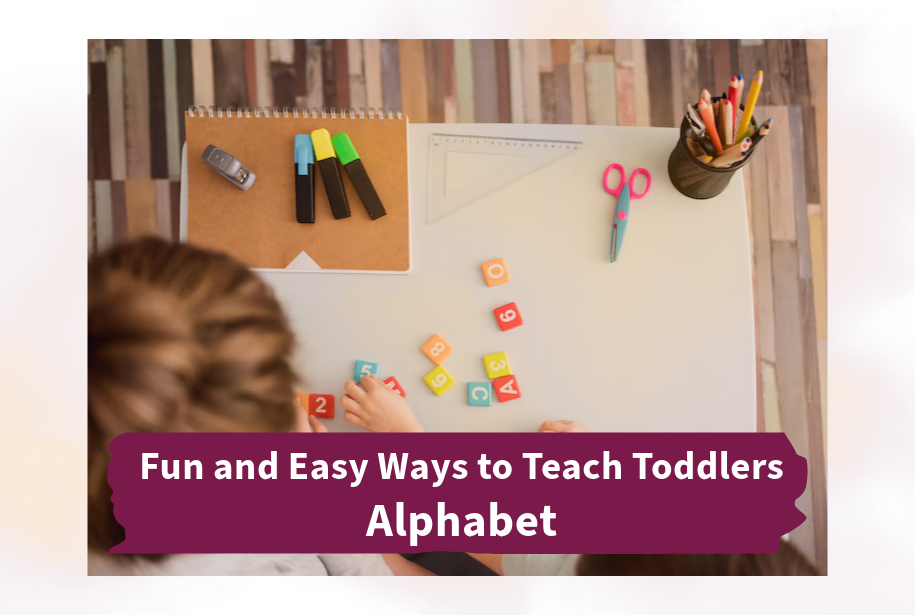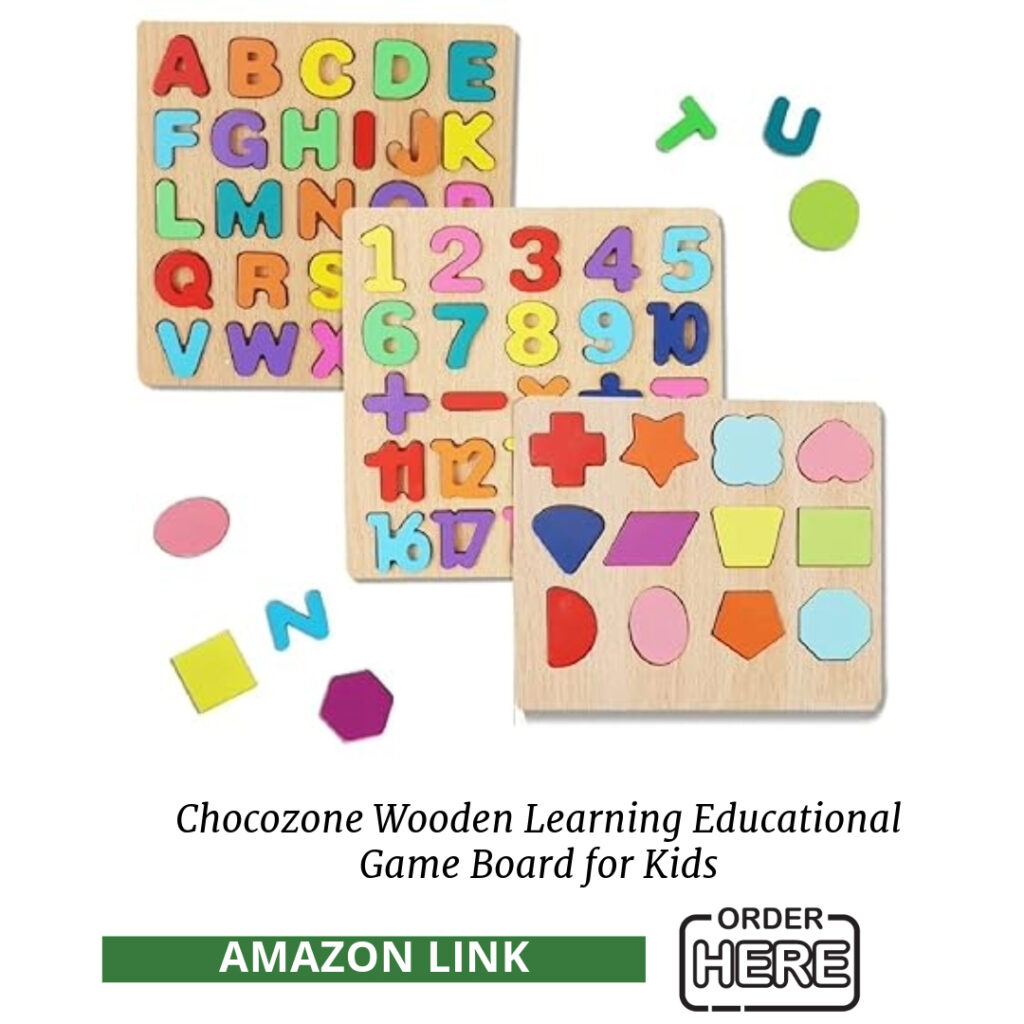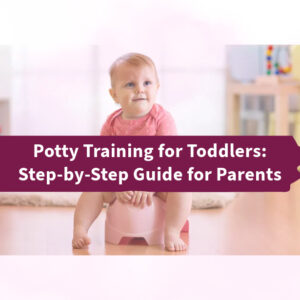Teaching toddlers the alphabet is a crucial step in their early education and development. It’s an exciting time for parents and caregivers as they watch their little ones begin to recognize letters, sounds, and eventually, words. However, the process can sometimes feel overwhelming. The good news is that there are numerous fun and easy ways to introduce the alphabet to toddlers, making learning enjoyable for both you and your child. This comprehensive guide will provide you with a variety of creative methods and practical tips to help your toddler master the alphabet.
1. Start with the Basics: Letter Recognition
Before diving into more complex activities, it’s important to start with the basics. Letter recognition is the first step in teaching the alphabet. Here are some simple and effective ways to introduce your toddler to letters:
Alphabet Books:
- Reading alphabet books with bright, colorful illustrations can capture your toddler’s attention and make learning letters fun. Point to each letter as you read and say its name aloud.
Alphabet Charts and Posters:
Hang alphabet charts and posters in your child’s play area. Regular exposure to these visuals helps reinforce letter recognition.
Flashcards:
Use flashcards to introduce individual letters. Start with a few letters at a time, and gradually increase the number as your child becomes more familiar with them.
2. Make Learning Interactive: Engaging Activities
Interactive activities are a great way to make learning the alphabet more engaging for toddlers. Here are some fun ideas:
Alphabet Puzzles:
Letter Blocks:
Playing with letter blocks allows toddlers to build and create while learning the alphabet.
Alphabet Games:
Simple games like “Letter Hunt” (finding letters around the house) or “Alphabet Bingo” can make learning letters a fun and interactive experience.
3. Incorporate Songs and Rhymes
Songs and rhymes are powerful tools for teaching toddlers the alphabet. They make learning fun and memorable. Here are some popular alphabet songs and rhymes to incorporate into your daily routine:
The Alphabet Song:
This classic song is a great way to introduce toddlers to the letters of the alphabet. Sing it regularly to help your child become familiar with the sequence of letters.
Alphabet Rhymes:
Rhymes like “A is for Apple, B is for Ball” help reinforce letter sounds and associations.
Interactive Songs:
Songs like “Phonics Song 2” and “Alphabet Phonics Song” focus on letter sounds and can be found on YouTube or other children’s music platforms.
4. Use Everyday Opportunities
Everyday activities provide countless opportunities to teach toddlers the alphabet. Here are some simple ways to incorporate letter learning into daily life:
Grocery Shopping:
Point out letters on food labels and signs while shopping. For example, “Look, there’s an A on the apple sign!”
Cooking:
Involve your child in cooking by having them help identify letters on ingredient labels or measuring cups.
Car Rides:
Play “I Spy” games with letters while driving. For instance, “I spy with my little eye something that starts with B” (billboard).
5. Create a Print-Rich Environment
A print-rich environment is essential for early literacy development. Surround your child with printed materials to encourage letter recognition. Here are some ideas:
Label Everything:
Label items around the house with their corresponding letters. For example, place a “B” on the bed, a “T” on the table, and so on.
Alphabet Posters:
Decorate your child’s room with alphabet posters and charts.
Books and Magazines:
Keep a variety of children’s books and magazines accessible for your child to explore.
6. Incorporate Technology
Technology can be a valuable tool for teaching toddlers the alphabet. There are many educational apps and online resources designed to make learning fun and interactive. Here are some recommendations:
Educational Apps:
Apps like “Endless Alphabet,” “Starfall ABCs,” and “ABCmouse” offer engaging activities and games to teach letter recognition and phonics.
Interactive Websites:
Websites like “Sesame Street” and “PBS Kids” provide a variety of alphabet-themed games and videos.
YouTube Channels:
Channels like “Super Simple Songs” and “Cocomelon” offer a wide range of educational content, including alphabet songs and videos.
7. Engage in Sensory Play
Sensory play is a fantastic way to teach toddlers the alphabet while engaging their senses. Here are some sensory activities to try:
Alphabet Sensory Bins:
Fill a bin with rice, sand, or beans and hide letter magnets or foam letters inside. Let your child dig through the bin to find the letters.
Playdough Letters:
Use playdough to form letters, allowing your child to feel the shapes and textures.
Water Play:
Write letters on sponges and let your child play with them in the bath or a water table.
8. Encourage Creative Expression
Creative expression activities can help reinforce letter recognition and phonics skills. Here are some fun ways to incorporate creativity into alphabet learning:
Letter Crafts:
Create crafts based on each letter of the alphabet. For example, make an “A” is for Apple craft using paper and paint.
Drawing and Coloring:
Provide coloring books and sheets with alphabet themes. Encourage your child to draw and color letters.
Storytelling:
Encourage your child to tell stories using letters. For example, “Once upon a time, there was a bear named Bobo who loved balloons.”
9. Incorporate Phonics
Phonics is an important aspect of learning the alphabet. Teaching toddlers the sounds that letters make can help them develop early reading skills. Here are some phonics activities:
Phonics Songs:
Songs that focus on letter sounds, like “The Letter Sounds Song,” can help reinforce phonics skills.
Letter Sound Games:
Play games that involve matching letters with their corresponding sounds. For example, “What sound does B make? Buh, buh, buh.”
Phonics Books:
Use books that emphasize phonics, such as “Dr. Seuss’s ABC” or “Chicka Chicka Boom Boom.”
10. Use Multi-Sensory Techniques
Incorporating multi-sensory techniques can enhance your child’s learning experience. Combining visual, auditory, and tactile elements can help reinforce letter recognition and phonics skills. Here are some ideas:
Tactile Letters:
Use sandpaper or textured letters that your child can touch and trace with their fingers.
Sound and Movement:
Pair letter sounds with physical movements. For example, hop like a kangaroo while saying the letter K sound.
Visual and Auditory Cues:
Use flashcards with pictures and corresponding letter sounds to engage both visual and auditory senses.
11. Incorporate Letters into Playtime
Playtime is a natural and effective way to teach toddlers the alphabet. Here are some playful ways to incorporate letters into your child’s play:
Alphabet Blocks:
Use alphabet blocks to build structures while naming the letters.
Letter Magnets:
Place letter magnets on the refrigerator or a magnetic board and let your child play and arrange them.
Alphabet Scavenger Hunt:
Hide letters around the house or yard and have a scavenger hunt to find them.
12. Model a Love for Reading and Writing
Children learn by observing their parents and caregivers. Modeling a love for reading and writing can inspire your toddler to develop an interest in the alphabet. Here are some ways to set a positive example:
Read Aloud:
Read books aloud to your child daily, demonstrating your enthusiasm for reading.
Write Together:
Let your child see you writing and involve them in simple writing activities, like making a grocery list or writing a letter.
Visit the Library:
Take regular trips to the library to explore new books and participate in storytime events.
13. Adapt to Your Child’s Learning Style
Every child is unique and may have different learning styles. Observe your child’s preferences and adapt your teaching methods accordingly. Here are some tips:
Visual Learners:
Use colorful charts, flashcards, and picture books to engage visual learners.
Auditory Learners:
Incorporate songs, rhymes, and verbal games to appeal to auditory learners.
Kinesthetic Learners:
Provide hands-on activities like puzzles, playdough, and sensory bins for kinesthetic learners.
14. Celebrate Milestones and Achievements
Celebrating your child’s milestones and achievements can motivate them to continue learning. Here are some ways to celebrate:
Reward Systems:
Use stickers, stamps, or small rewards to acknowledge your child’s progress.
Alphabet Celebrations:
Have a special celebration when your child learns all the letters of the alphabet. It could be a small party, a special outing, or a fun activity.
Praise and Encouragement:
Regularly praise and encourage your child for their efforts and accomplishments, no matter how small.
Final Thoughts
As a parent or caregiver, you play a vital role in your child’s early education. By using the tips and activities outlined in this guide, you can make the process of learning the alphabet a fun and memorable experience for your toddler. Enjoy the journey, celebrate the small victories, and cherish the precious moments spent together. Teaching your child the alphabet is not just about letters; it’s about nurturing a love for learning that will last a lifetime.
Click here to reach out to Popular Nursery Rhymes to teach toddlers ” Numbers”








